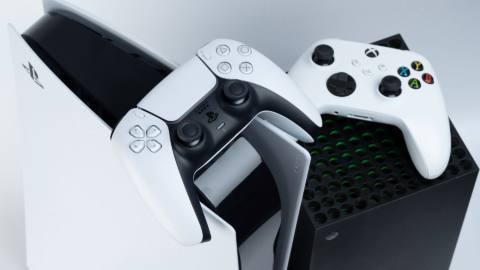
On paper, the Xbox Series X is a considerably more powerful piece of hardware than PlayStation 5, so why are we looking at a console generation where the Sony and Microsoft machines often deliver like-for-like results? It’s a puzzle that has confounded many over the last few years and after discussions with multiple sources, including some of the highest profile triple-A developers in the business, we finally have some answers – and it’s all laid out in this week’s edition of DF Direct Weekly.
In terms of technical specifications, Xbox Series X is undoubtedly the most powerful console on the market – at least until the mooted PlayStation 5 Pro arrives. Its GPU hits 12 teraflops, augmented by a handsome amount of memory bandwidth: a max of 560GB/s. PlayStation 5? 10.23TF of GPU compute is available, fed by 448GB/s of bandwidth. It’s a clear divide then. If we were to see that spec comparison in the PC space, you’d expect to see the former handily outperform the latter.
Except that hasn’t happened this generation. By and large, it’s the closest console generation we’ve ever seen and in the bulk of multi-platform releases, the differences are fairly minimal. One machine may outperform the other, or vice versa. Sometimes where there are differences, it comes down to variances in dynamic resolution scaling – which often looks invisible in A to B comparisons. It’s a far cry from the Xbox One X vs PS4 Pro face-off, where the Microsoft machine commanded an obvious advantage – or the PS4 vs Xbox One comparison, where Sony typically held a similarly noticeable lead.






